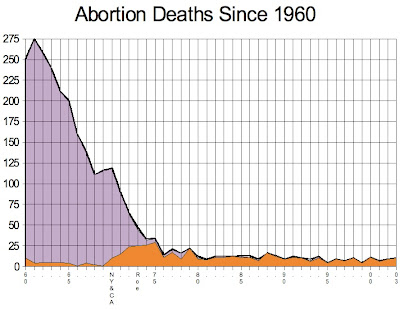Sarah Jane and her Family
Sarah Jane and her brothers were the children of their mother's first marriage, prior to the Civil War. Sarah Jane's father was a soldier who died at Vicksburg. The family went north after the war. They were poor and illiterate.
About four weeks after her return, Mrs. Spencer "discovered that the daughter was in an interesting condition".
When Cox came to the house, Mrs. Spencer told him that he had killed her daughter. Cox pointed out that Sarah Jane wasn't dead, and said he expected her to survive her illness.
Dr. Duncan continued to provide care to Sarah Jane, at first expecting her to recover, but her condition deteriorated. He asked her repeatedly to tell him who had gotten her pregnant and who had injured her. She made a statement to him that was not admissible in court because she didn't then believe she was dying.
She then spoke again to Dr. Duncan, telling him that she knew she was dying. He asked her again who had injured her. Mrs. Spencer was there, telling Sarah Jane to tell Dr. Duncan who had done the deed, but shaking her head all the while as if to warn Sarah Jane not to speak. Sarah Jane told Dr. Duncan, "I did it." After her mother left the room, Duncan again asked Sarah Jane to name the guilty party.
Dr. Duncan: Who did it?Sarah Jane died the following morning.
Sarah Jane: I did.
Dr. Duncan: But who helped you?
Sarah Jane: My God, I have done wrong.
Dr. Duncan: Tell me who helped you?
Sarah Jane: I did.
Dr. Duncan: You could not have done it alone. Who helped you?
Sarah Jane: He did it, with instruments.
Dr. Duncan corroborated that Cox promised to pay the $56 medical bill, although he quibbled about the price.
Andrew and William corroborated their mother's testimony about Sarah Jane's April disappearance, her return, seeing Cox at the house the night before Sarah Jane took ill, and his visiting twice during her illness. The boys also testified that they'd heard Cox say he'd help with the medical bills. They also testified to Sarah Jane's deathbed plea for their forgiveness.
During the trial, several witnesses placed Cox at a distance from the farm on October 17 -- the day the abortion allegedly was performed.
Dr. Parks, another area physician, testified that Mrs. Spencer had showed him a catheter and a probe asking if they could be used to cause an abortion and lamenting that her daughter was pregnant. Parks told Mrs. Spencer that the instruments would not produce an abortion. Afterward, he testified, he saw the instruments in the possession of Dr. Springer. Springer said he'd bought them from Mrs. Spencer.
Another witness, Mrs. Arnez, stated that while she and Mrs. Spencer were in jail together, Mrs. Spencer had told her that Shep Cox had nothing to do with her daughter's death.
It took the jury a full day of sparring to come back with a verdict of not guilty.
Note, please, that with issues such as doctors not using proper aseptic techniques, lack of access to blood transfusions and antibiotics, and overall poor health to begin with, there was likely little difference between the performance of a legal abortion and illegal practice, and the aftercare for either type of abortion was probably equally unlikely to do the woman much, if any, good.
For more on this era, see Abortion Deaths in the 19th Century.
For more on pre-legalization abortion, see The Bad Old Days of Abortion.























